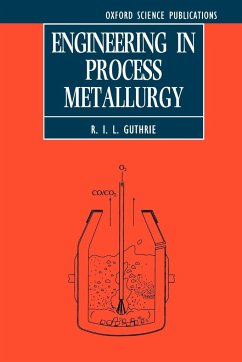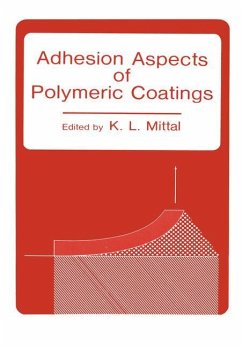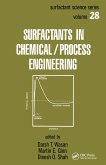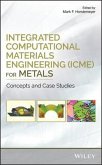A rich variety of phenomena governs the behaviour and kinetics of metallurgical processing operations. Unusually high operating temperatures, intense radiation, viscous slags, dense metals, etc., make the design and operation of metallurgical processes unique. This book introduces the basic mechanisms of heat, mass, and fluid flow, and then follows a series of metallurgical examples and exercises. Empirical techniques for modelling and for process design are presented along with numerical techniques and computer programs. This new paperback edition has been updated, with a new section on numerical simulation of fluid flow processes added, to reflect the important contribution of computer simulation to the subject.
Due to unusually high operating temperatures, intense radiation, viscous slags, dense metals, and other factors, the design and operation of metallurgical processes is an especially demanding task. This volume describes the engineering principles involved in this industry, beginning with an introduction to the basic mechanisms of heat, mass, and fluid flow, while showing the origin of associated transport coefficients: diffusivity, conductivity, and viscosity. The discussions are supplemented with examples and exercises. Empirical techniques for modelling and process design are presented, followed by numerical techniques and computer programs needed for "ground-up" quantitative descriptions of typical metallurgical processes. A generous appendix provides a wealth of detail on the thermodynamic and physical properties of substances commonly encountered by metallurgists, while a short section on metallurgical thermodynamics illustrates the way these tabulations should be used. The paperback edition has been corrected and updated, while a new section on the numerical simulation of flow processes has been added. A key text for engineers, scientists, and students, this book offers a unique look at the rich variety of phenomena that govern the behavior and kinetics of metallurgical processing operations.
Hinweis: Dieser Artikel kann nur an eine deutsche Lieferadresse ausgeliefert werden.
Due to unusually high operating temperatures, intense radiation, viscous slags, dense metals, and other factors, the design and operation of metallurgical processes is an especially demanding task. This volume describes the engineering principles involved in this industry, beginning with an introduction to the basic mechanisms of heat, mass, and fluid flow, while showing the origin of associated transport coefficients: diffusivity, conductivity, and viscosity. The discussions are supplemented with examples and exercises. Empirical techniques for modelling and process design are presented, followed by numerical techniques and computer programs needed for "ground-up" quantitative descriptions of typical metallurgical processes. A generous appendix provides a wealth of detail on the thermodynamic and physical properties of substances commonly encountered by metallurgists, while a short section on metallurgical thermodynamics illustrates the way these tabulations should be used. The paperback edition has been corrected and updated, while a new section on the numerical simulation of flow processes has been added. A key text for engineers, scientists, and students, this book offers a unique look at the rich variety of phenomena that govern the behavior and kinetics of metallurgical processing operations.
Hinweis: Dieser Artikel kann nur an eine deutsche Lieferadresse ausgeliefert werden.








